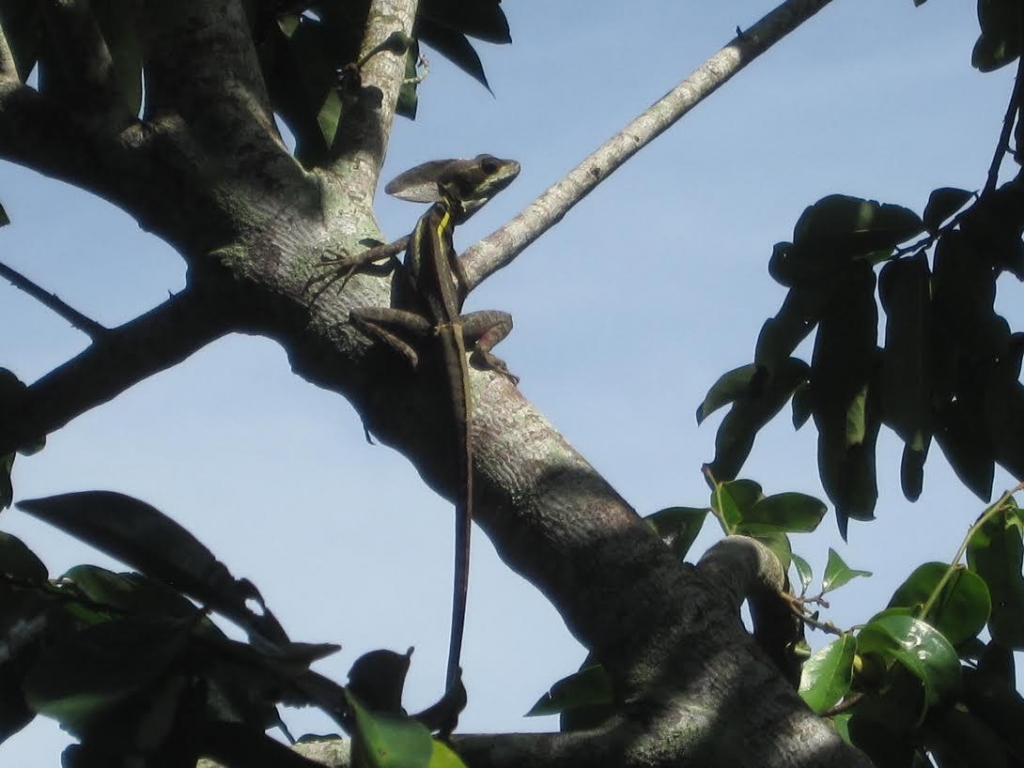-
Tips for becoming a good boxer - November 6, 2020
-
7 expert tips for making your hens night a memorable one - November 6, 2020
-
5 reasons to host your Christmas party on a cruise boat - November 6, 2020
-
What to do when you’re charged with a crime - November 6, 2020
-
Should you get one or multiple dogs? Here’s all you need to know - November 3, 2020
-
A Guide: How to Build Your Very Own Magic Mirror - February 14, 2019
-
Our Top Inspirational Baseball Stars - November 24, 2018
-
Five Tech Tools That Will Help You Turn Your Blog into a Business - November 24, 2018
-
How to Indulge on Vacation without Expanding Your Waist - November 9, 2018
-
5 Strategies for Businesses to Appeal to Today’s Increasingly Mobile-Crazed Customers - November 9, 2018
‘Jesus lizard’ walked on water 48 million years ago
According to Live Science, the fossil was found in Wyoming, far from where modern Jesus lizards live today. The fossils belong to the earliest known members of the species that was later known as the group of Jesus Lizards.
Advertisement
Conrad said the fossilized lizard skull, which was discovered and collected by scientists at Burke Museum at the University of Washington from a site in southwestern Wyoming near the Utah border, offers few details on how the lizard developed its water walking ability or, in fact, when it first demonstrated it. The species has been named Jesus lizard due to its ability to wade through water, as in the biblical story of Jesus Christ.
The ancient Jesus lizard had a ridge on its head that protected its eyes from too much sun, and it also made it look ferocious, so that it scared of bigger predators.
There is this new fascinating discovery about a certain species of lizard that can walk on water.
The basilisk family, which also includes chameleons and iguanas, is among the least studied representatives of the reptile world because there are not many fossils that scientists can study. While the reptiles are now native to Mexico and Columbia, the researchers said Wyoming had a much warmer, tropical climate during the Eocene epoch.
Each of the lizard’s small tooth had three points that would have been handy for eating lizards, fish, snakes, insects and plants. This ancestor of modern day Corytophanidae lizards is thought to have been quite active during the day when the majority of its time would be spent on trees.
Conrad believes the ancient lizard’s descendants and their migration south can teach us about climate change and how it will affect other tropical species.
The fossil of a 148 million-year-old “Jesus lizard” that could walk on water has been discovered in Wyoming, US.
Advertisement
Author Jack Conrad of the American Museum of Natural History aid that name given to the lizard was meant to honor the Shoshone people who originally lived in those areas, and the name older male cousin is because of its relationship with other lizards. However, it also could have feasted on larger prey as its cheekbones were fairly large for the lizard’s size. The technique involved the animal using its forward foot to slap down on the water hard enough to create a force that kept it from sinking, while at the same time sweeping back in order to provide momentum.




























